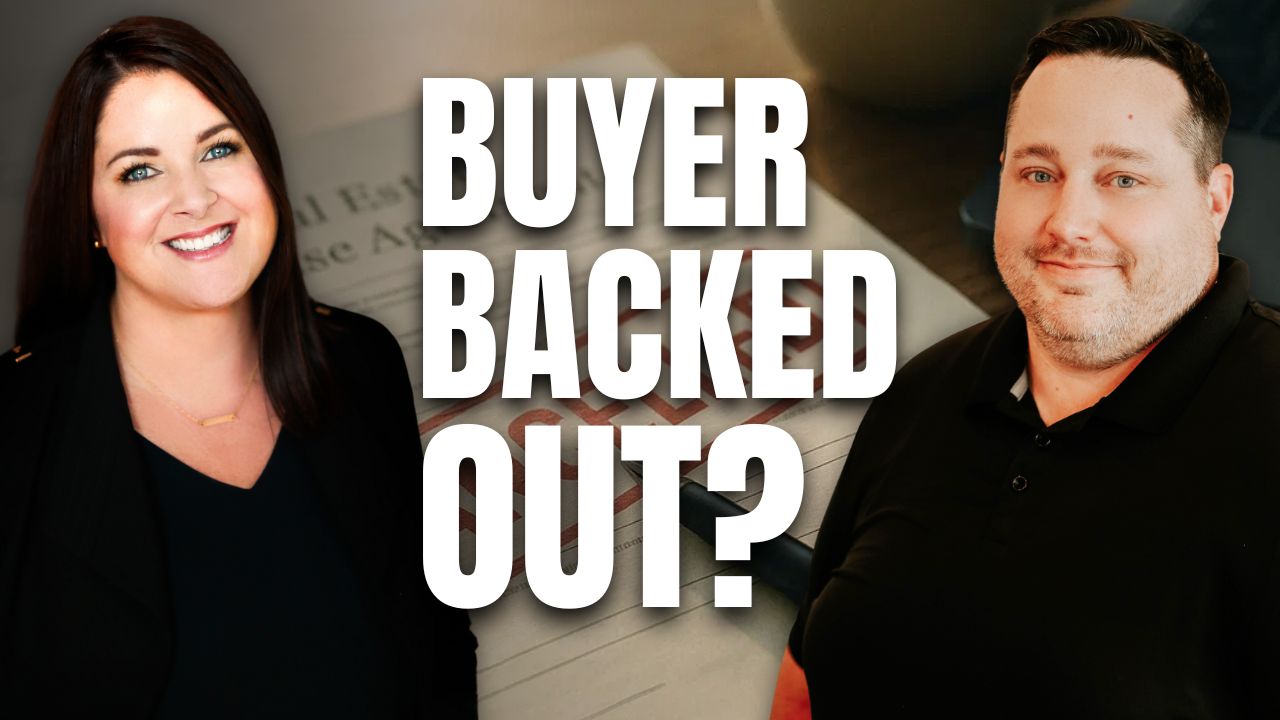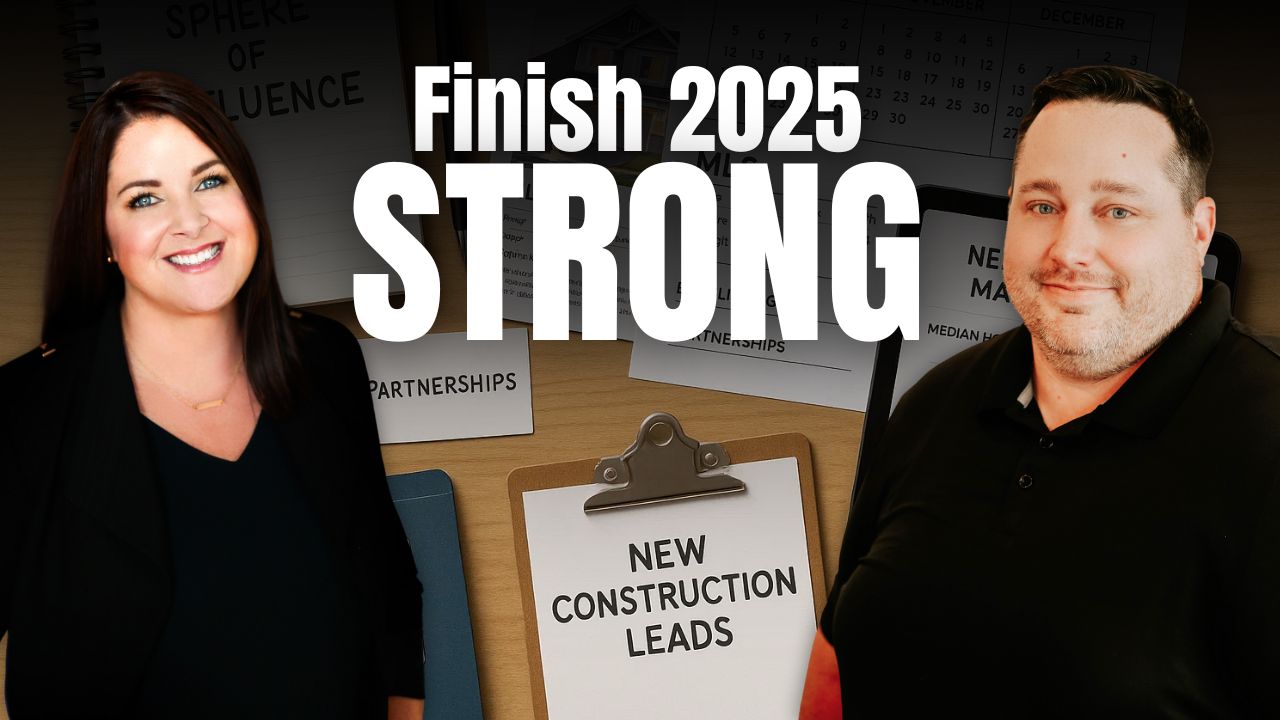Your Path to Everyday Success. Attend our next event to learn tactics you can implement right NOW to WIN in Real Estate. Register Now
Are you nervous about discussing price reductions with your seller? We know that this is one of the most uncomfortable conversations to have in real estate. You don’t want to lose their trust, seem like you misjudged the market, or worse, risk losing the listing. But in 2025, staying silent can cost you more than having the tough conversation.
We know an agent who had a well-marketed listing, but after three weeks with no calls, no showings, and no offers, it was clear that the price was too high. She knew something needed to change, but like many agents, she waited, hoping things would turn around. That delay could have cost her the listing.
So the question is: how do you negotiate a price drop without damaging the relationship or losing the deal?
1. Use proof, not opinions. Sellers are smart and skeptical. When you tell them that the market’s tough, they want you to back it up. That means showing real numbers, like days on market, showings, online views versus actual interest, and what’s selling in their price range. Tools like dashboards, CMAs, and interactive reports will help you present those numbers clearly. Once sellers see the data for themselves, they stop resisting and start working with you.
2. Deliver your message with confidence. Even the best data can fall flat if your delivery misses the mark. Sellers listen to your tone as much as your message. If you sound unsure, they’ll feel unsure too. So, keep the focus on shared goals. Instead of saying “We need to lower the price,” you can say:
- “Let’s reposition the home based on what buyers are responding to right now.”
- “The market is giving us feedback. Let’s take a look at what it’s telling us.”
- “Our goal is still top dollar, but we also need traction. Here’s how we get back on track.”
Confidence in your voice helps sellers stay grounded and open to next steps.
3. Set expectations upfront. Waiting too long to talk about pricing often leads to stalled listings. But when you set expectations as early as right at the listing appointment, you take that pressure off later. Let sellers know how pricing will be tested, what you’ll track, and when you’ll revisit the strategy. That way, if a change is needed, it feels planned and not sudden.
4. Make adjustments part of the plan. Price changes aren’t failures—they’re smart moves based on what the market is saying. When you treat them as part of your strategy, sellers stay focused on the bigger picture. With the right framing, price conversations feel like progress, and your listing stays active while others sit.
Pricing conversations don’t have to be painful. When you lead with facts, speak with clarity, and manage expectations from the start, you earn trust and keep control. If you want tools, coaching, or support to help you do it better, feel free to call, text, or send us an email. We’re always happy to help.
-
Your Path to Everyday Success. Attend our next event to learn tactics you can implement right NOW to WIN in Real Estate. Register Now
-
Free Coaching Call. Book a free Zoom session where I’ll help you write a personalized business plan for your needs and goals. Book a Call
-
Free Agent Training Newsletter. Get our latest Q&A, insights, and business tips to grow and scale your business. Subscribe Now





